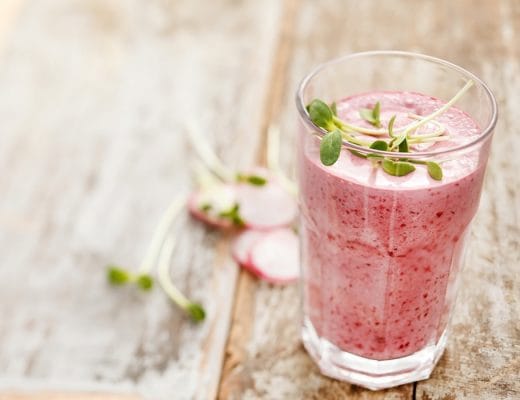This one is for women who are prone to vaginal infections. Did you know that many commercial lubricants can affect your health and cause infection?
It’s true.
The chemicals in lube may disrupt healthy vaginal flora.
Healthy bacteria (also known as flora) live in a woman’s body. These bacteria are found in the gut, on the skin, and in the vagina. Healthy bacteria help protect women from certain diseases.
Therefore, women who don’t have healthy vaginal flora are more prone to:
- yeast infections
- urinary tract infections (UTIs)
- bacterial vaginosis (BV)
- sexually transmitted infections (STIs)
Women in their reproductive years are more likely to get vaginal infections. However, women at any age can be affected.
For most women, the cause of vaginal infections is unknown.
Certain factors may increase the risk of developing vaginal infections. Since antibiotics disrupt vaginal flora, women often get vaginal infections when they start antibiotic treatment. For this reason, I recommend probiotics to my female patients. Probiotics are especially important during antibiotic therapy.
Other factors that may increase the risk of infection include:
- multiple sex partners
- unprotected sex
- using soaps, chemicals, or douching
- unhealthy vaginal flora
The chemicals in commercial lubricants can also harm a woman’s body.
These chemicals may decrease a woman’s natural defences against vaginal infections. Unfortunately, they disrupt healthy vaginal flora and change the natural vaginal environment.
Normally, the vagina contains plenty of helpful Lactobacilli bacteria. But, the amount of bacteria and specific bacterial strains may be killed off with the use of certain chemicals found in natural lube.
According to integrative medicine practitioners, a change in a woman’s vaginal environment (flora) is one of the main causes of vaginal yeast infections.
One study showed vaginal lubricants were associated with more than threefold greater risk of acquiring a sexually transmitted infection (STI).
Avoid creating a breeding ground for yeast and other pathogens (microorganisms that cause infections) by switching from commercial lubricants to natural lube.
Choose something non-toxic and organic, such as coconut oil.
Remember, chemicals and toxic ingredients that go on your skin also go into your body.
Toxic ingredients in commercial lubricants can reduce natural defences against vaginal infections and also act as endocrine disruptors – endocrine disrupting chemicals can interfere with your hormones. These disruptions can cause cancerous tumors, birth defects, and fertility issues.
This means it’s up to you to protect your female parts and choose non-toxic products.
Simply put. READ your labels!






No Comments